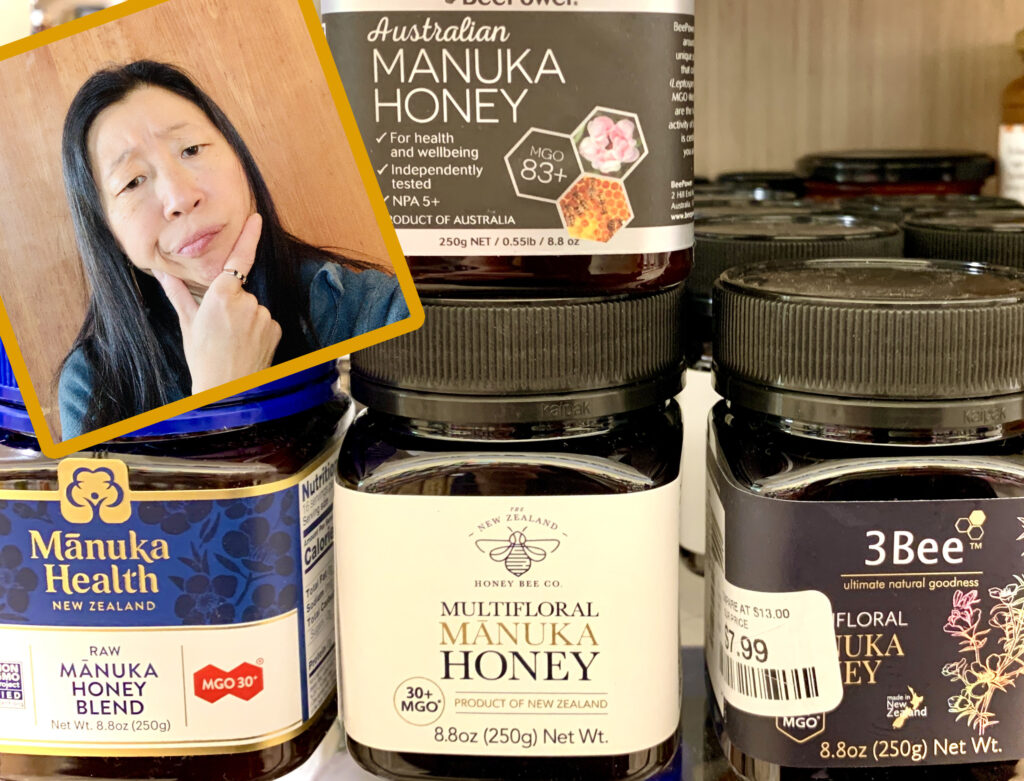
You love honey. You’ve heard about Manuka Honey. And, now you’re wondering what all the buzz is about and just what ALL those numbers and letters mean!
Leptospermum scoparium, also known as Manuka, is an evergreen flowering bush indigenous to New Zealand.1 This woody, precocious shrub is a member of the myrtle family, and is found growing in rocky, sandy soil as well as the fringes of fresh-water swamps – that’s paradoxical, right? Anyway, while the manuka plants only flower anywhere from two to six weeks in the year, the leaves can be harvested more frequently for their delicious tea-like flavor.
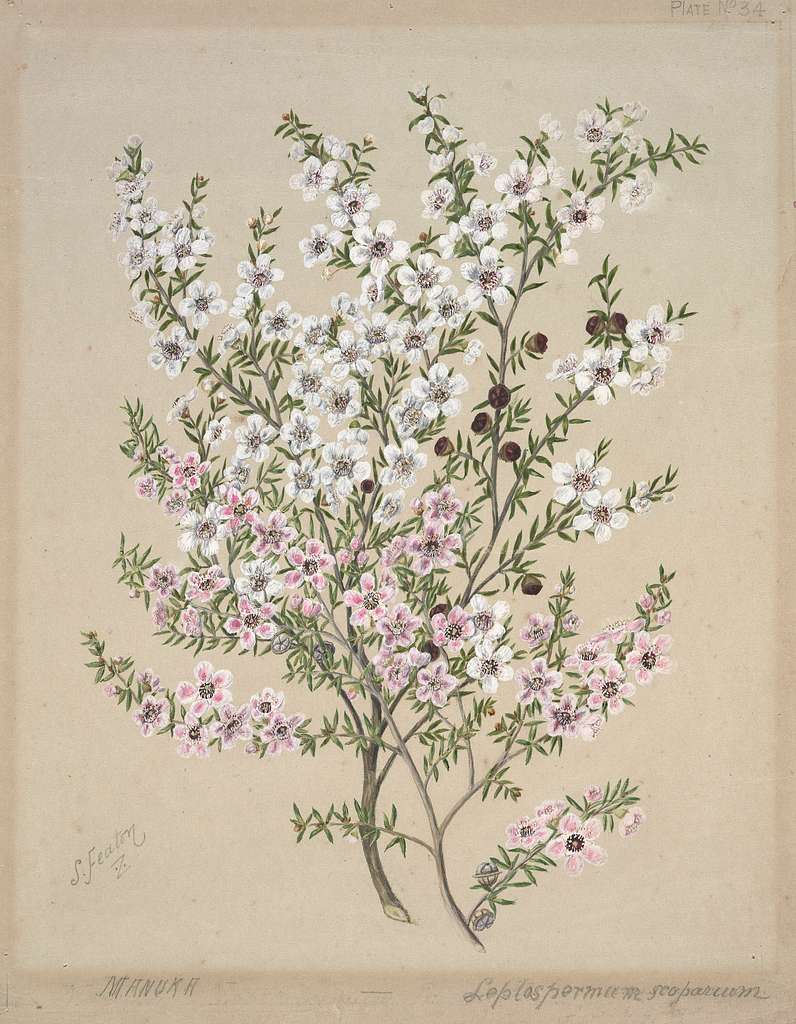
Maori refer to manuka by, taonga, or “treasure,” and have revered it not only for its varied healing properties, but also for its value as a versatile building material for everything from tools, furniture, boats, and homes.2 Though the Maori have understood the healing properties of manuka honey for many generations, it wasn’t until the early 1980s that New Zealand biochemist, Peter Molan, confirmed its antibacterial benefits and brought his research to the medical community and the public at large.3
The antibacterial and antimicrobial properties of manuka honey are attributed to a unique compound, methylglyoxal (MGO), making it indispensable in hospitals where it is used to promote wound healing* (especially on burn victims) and to manage staph infections.4 In households the world over, manuka honey is used to remedy digestive ills and offer immune support.
*Some research suggests that the use of honey to support diabetic ulcers could have a detrimental effect. An article about the research can be found here.5
Furthermore, Peter Molan, mentioned above has published a paper, “An explanation of why the MGO level in manuka honey does not show the antibacterial activity.”6 This is confusing, right?
MGO, first discovered by Professor Thomas Henle of University of Dresden, is present in most types of honey but can be upwards of one hundred times higher in manuka honey.7 The amount can vary depending on whether the plants contain MGO in its nectar and how the bees process the nectar into honey.
However, what really makes MGO from manuka honey extra, extra special is the presence of another compound, dihydroxyacetone (DHA), that is highly concentrated in the manuka flower nectar. There is a downside to all this abundance; the levels of both MG and DHA diminish over time.8
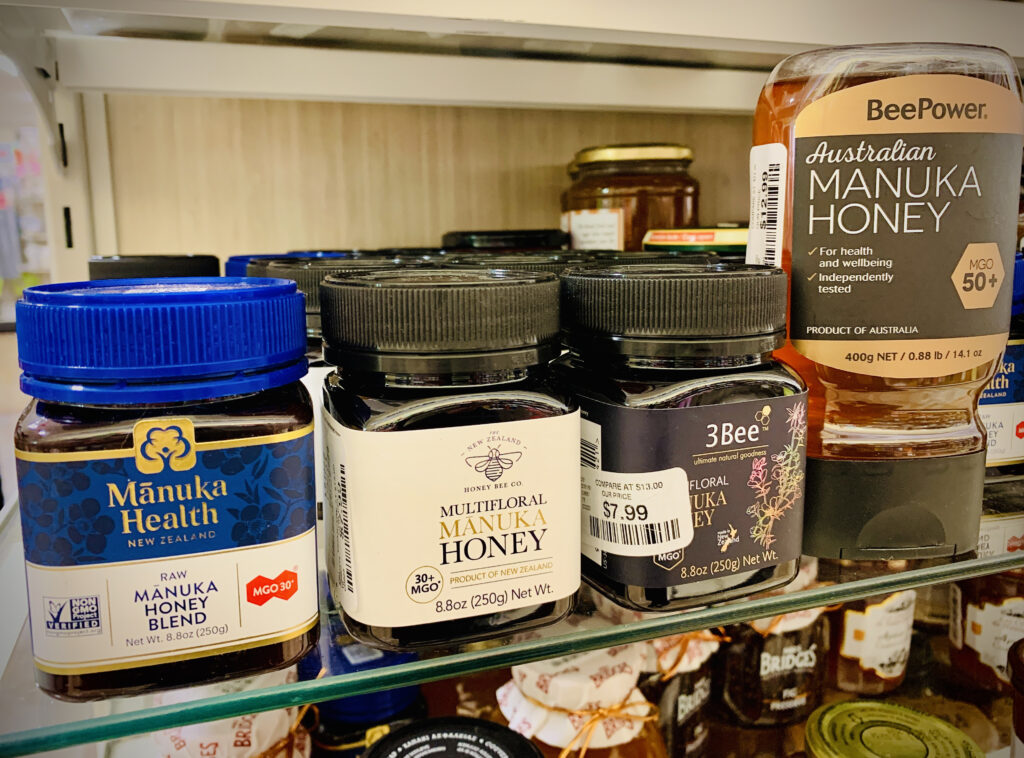
So, how do you know if the manuka honey you just spent a bunch of money on is the real deal?
Rigorous standards have been instituted by New Zealand’s Ministry for Primary Industries to ensure authenticity of manuka honey due to its premium status in the marketplace and the unfortunate complication of the similarly named plant called kanuka (kunzea ericoides), that shares a similar geographical range and flowering time as manuka. Couldn’t they have come up with names that don’t rhyme, grow near each other, and flower at the same time???
Okay, now that we are thoroughly distracted, how about we take a moment to talk about some differences between manuka and kanuka, shall we?9
- Botanically speaking, the manuka and kanuka are not as closely related as was once thought. Manuka, Leptospermum scoparium, lives for about 60 years, whereas Kanuka, Kunzea ericoides can live for centuries.
- Manuka foliage is tough and prickly where the kanuka plant has softer leaves.
- The wood of manuka is red and the wood of kanuka is white.
- Manuka only reaches a mature height of about 30 feet whereas kanuka can grow up to a height of almost a 100 feet.
- The honey of manuka is a dark golden color with a strong flavor, while the honey of kanuka is a clear, pale color with a mild and sweet aroma.
- While manuka honey is medical grade, kanuka honey is not, but studies show its potential as a topical remedy for skin and certain viral conditions.
Alrighty, now back to learning how you’re getting what you paid for...
The UMF Grading System, developed by the Active Manuka Honey Industry Group (AMHIG), now known as The UMF Honey Association, the authenticating body created specifically to let consumers know the amount of Unique Manuka Factor (UMF) there is in their honey. The higher the rating number, the higher the antibacterial properties. Remember, UMF = Unique Manuka Factor and MGO = Methylglyoxal, the compound responsible for antimicrobial and antibacterial properties. The visual cues that tell you the manuka honey is legit are:
- Key signature markers must be present in manuka honey for it to be authentic and carry the UMF designation in the first place. The company will also be issued a license by UMFHA to sell UMF-rated manuka honey (and if you want to search the license number of any company, you can do so here.) The following items must be present:
- Leptosperin
- Methylglyoxal (MGO)
- DHA (Dihydroxyacetone), found in high concentrations in the nectar of Manuka flowers, this precursor for MGO determines the overall MGO levels.
- HMF (Hydroxymethylfurfural) (gesundheit!), is produced during the heating process that accelerates the conversion of DHA to MG in honey. However, if heated too rapidly or too high a temperature, the HMF number indicates adulteration. An elevated HMF can indicate an elevated storage time (also something you don’t want in your honey as MGO can diminish over time).10
- Contains a UMF acronym ( Unique Manuka Factor). UMF Values range from 5+ to 28+ (indicating concentration of beneficial compounds).
- Contains the corresponding number preceding UMF as mentioned above (indicates a certain amount of signature compounds that qualify the purity and quality of the honey).
- MGO Ratings range from 83+ to 1000+
Once the UMF certificate is issued, it means that the manuka honey meets the following criteria:
- Produced, Packed and Labeled in New Zealand. All honey labeled with the quality trademark UMF must be packed and labeled in New Zealand. Manuka honey cannot be imported into New Zealand.
- Tested. After Manuka honey has been packed, it must undergo a number of tests to identify its source and purity. (You may see a traceability label)
- Audited. UMF Manuka Honey is regularly audited so you can be sure you are getting real Manuka honey with the correct UMF number.
- Proof of Authenticity – The Official UMF Certificate is issued once Manuka honey has successfully passed all test criteria.
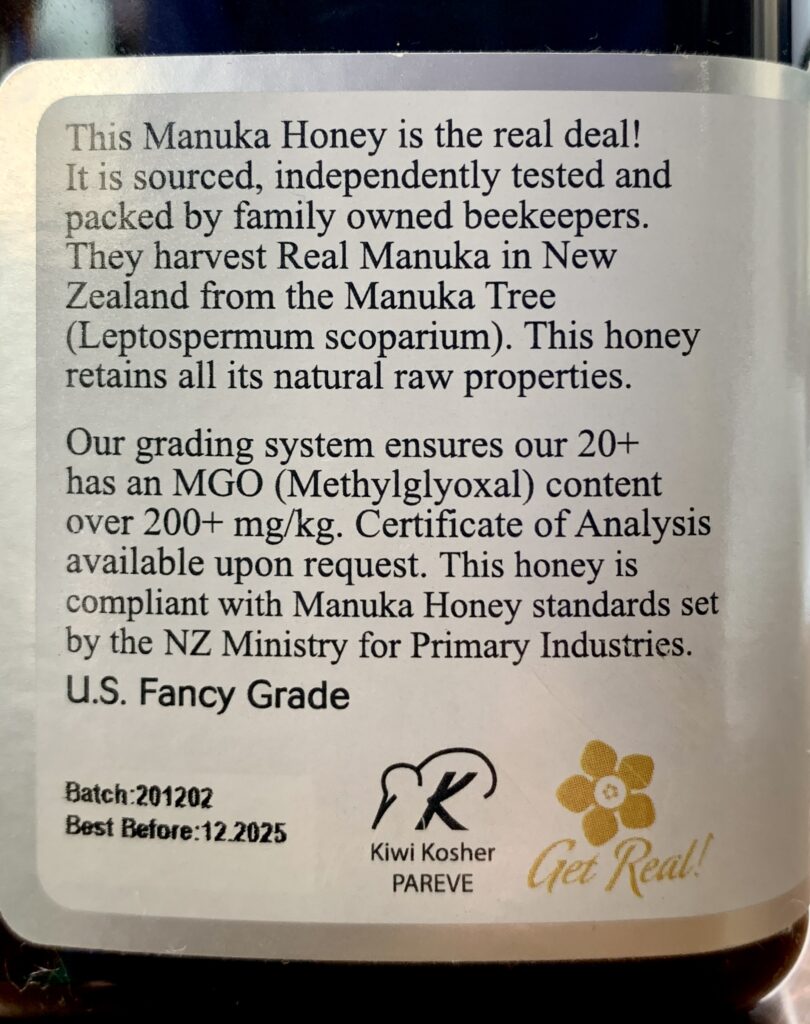
What is K factor?
This is a marketing term used by Wedderspoon.11 The KFactor standard ensures you are getting the following:
– Raw and unpasteurized honey
– Free of antibiotics, glyphosate and pesticides
– NON-GMO
– Traceability from hive to home
– Comes from New Zealand
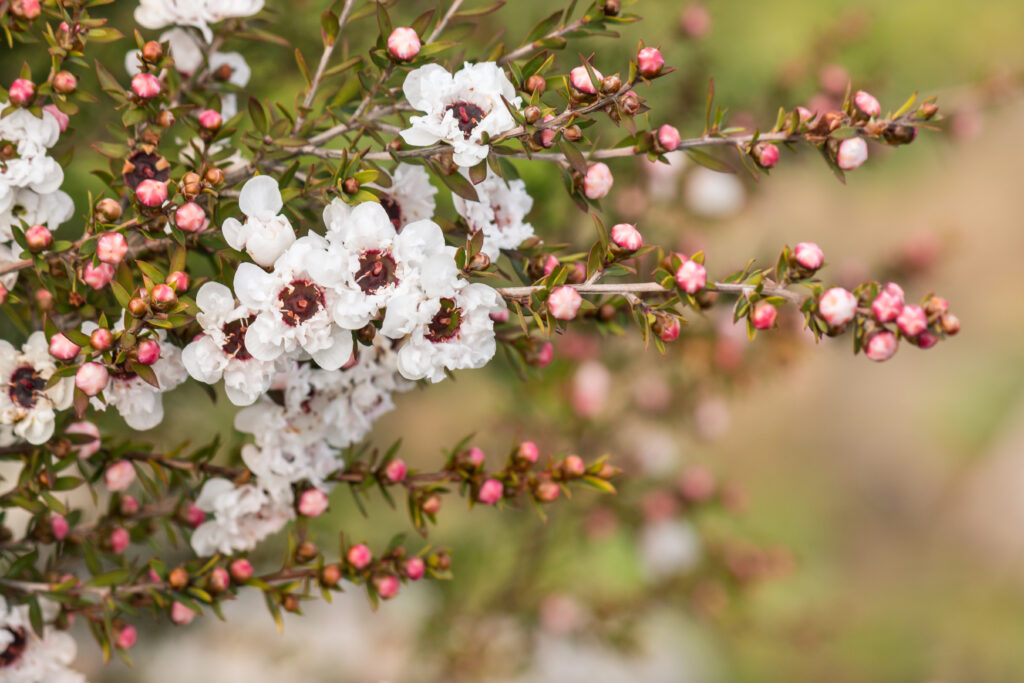
Monofloral vs. Multifloral
While it is impossible to guarantee a single species source for honey, the monofloral manuka honey will contain high concentrations of manuka nectar where a multifloral honey will contain elevated levels of manuka nectar in addition to that of other plants, trees or shrubs. Your decision to purchase one over the other may be determined by whether you are using the honey for medicinal purposes or more for consumption.
Why so expensive?
The manuka plant is somewhat scarce, as is its short flowering season of just 2-6 weeks. This means that the 22,700 trips the bees who collect its nectar take to produce a jar of honey, sometimes have only 14 days to do the job. And, not only is manuka honey often labor intensive for humans to access and harvest, the aforementioned rigorous testing and authentication process that ensures quality and authenticity for you, comes at a cost.
DO NOT PAY FOR Manuka honey that doesn’t contain the UMF trademark and the UMFHA license number. Below are examples of UMF potencies:
- Certified Authentic, Everyday: UMF 5+ to UMF 9+
- Premium Grade: UMF 10+ to UMF 15+
- Ultra Premium Grade: UMF 15+ to UMF 20+ and above
- Superior Rare High Grade: UMF 24+
That’s all for now
To wrap it all up, manuka honey is a remarkable natural gift painstakingly made by the bees. It is unique in its medicinal properties and unusual in its flavor and complexion. In our household, we have enjoyed premium grade manuka honey to great effect on scalds and burns, while reserving the authentic grade for use in fire tonics. No household should be without manuka honey as it literally never spoils (though its healing properties may diminish over time). Just be sure to read the labels carefully and remember that true manuka honey comes at a price and its authenticity is like Champagne; Champagne only comes from the Champagne region in France.
p.s. I am not affiliated with any businesses or establishments mentioned in this article. All content presented here is for informational purposes only and is NOT to be construed as medical consult, prescription or diagnosis in any way. That being said, I hope you feel a little more empowered to go get yourself some healing manuka honey!
- New Zealand Plant Conservation Network: Leptospermum scoparium var. scoparium
- New Zealand Manuka Group
- PeterMolan.com
- National Library of Medicine: “Specific non-peroxide antibacterial effect of manuka honey on the Staphylococcus aureus proteome”
- National Library of Medicine: “Methylglyoxal—A Potential Risk Factor of Manuka Honey in Healing of Diabetic Ulcers”
- An explanation of why the MGO level in manuka honey does not show the antibacterial activity. Molan, Peter. Honey Research Institute, University of Waikato. New Zealand Beekeeper, May 2008.
- Manuka New Zealand, Discoverer Methyglyoxal (MGO) In Manuka Honey
- Analytica Labs: DHA and MG Explained
- Manuka Essentials: “Manuka vs. Kanuka”
- National Library of Medicine: “5-Hydroxymethylfurfural (HMF) levels in honey and other food products: effects on bees and human health.”
- Wedderspoon.com

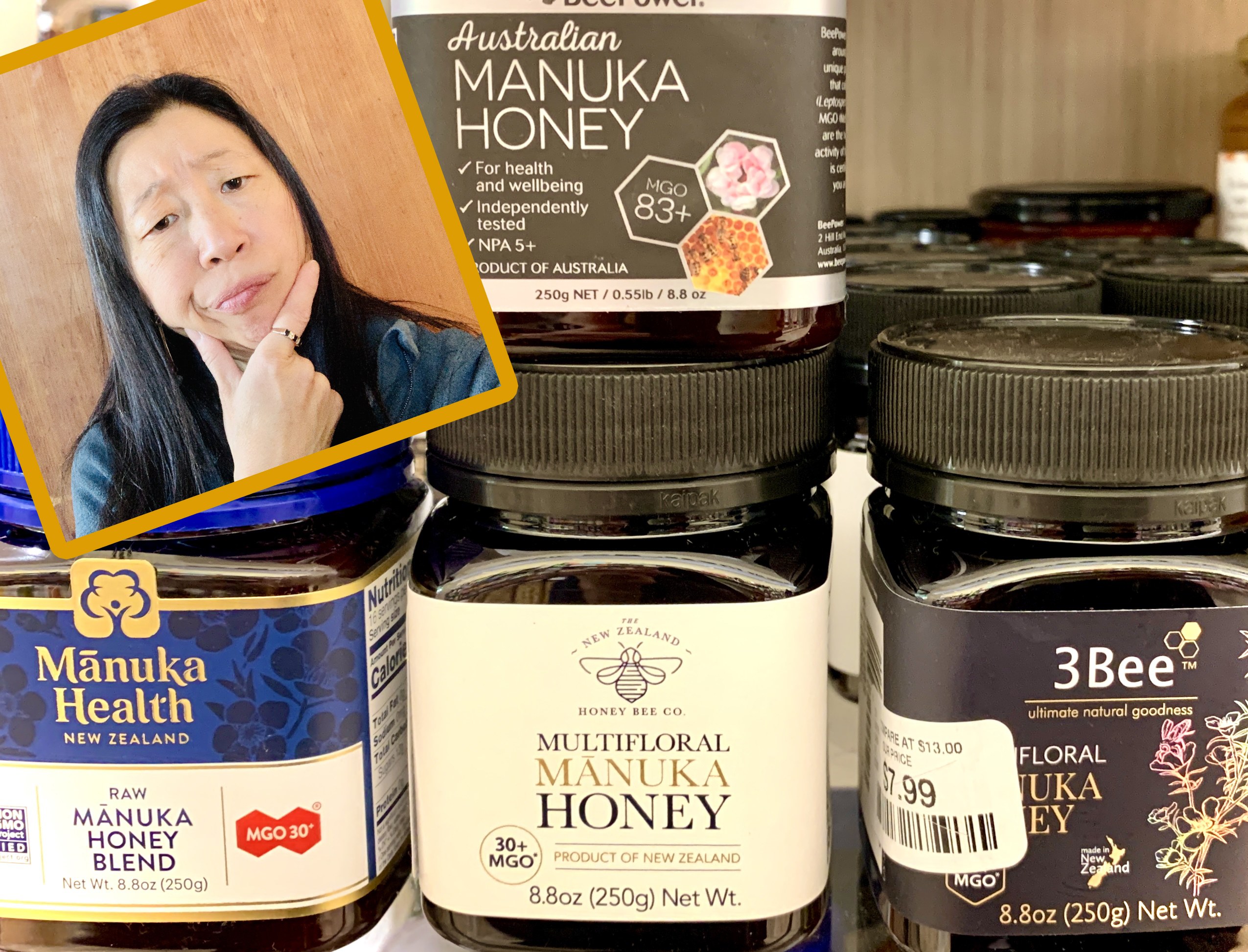
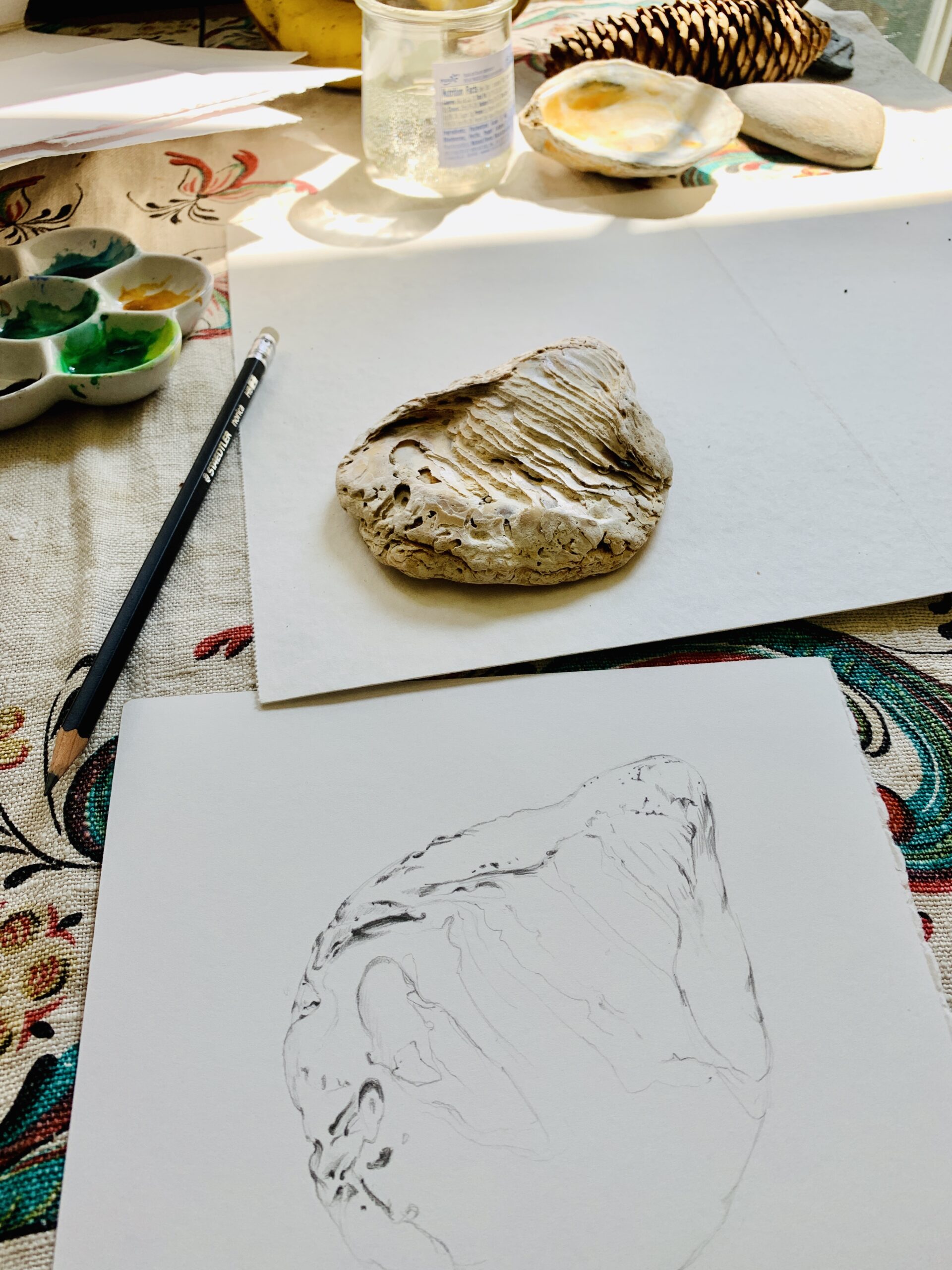
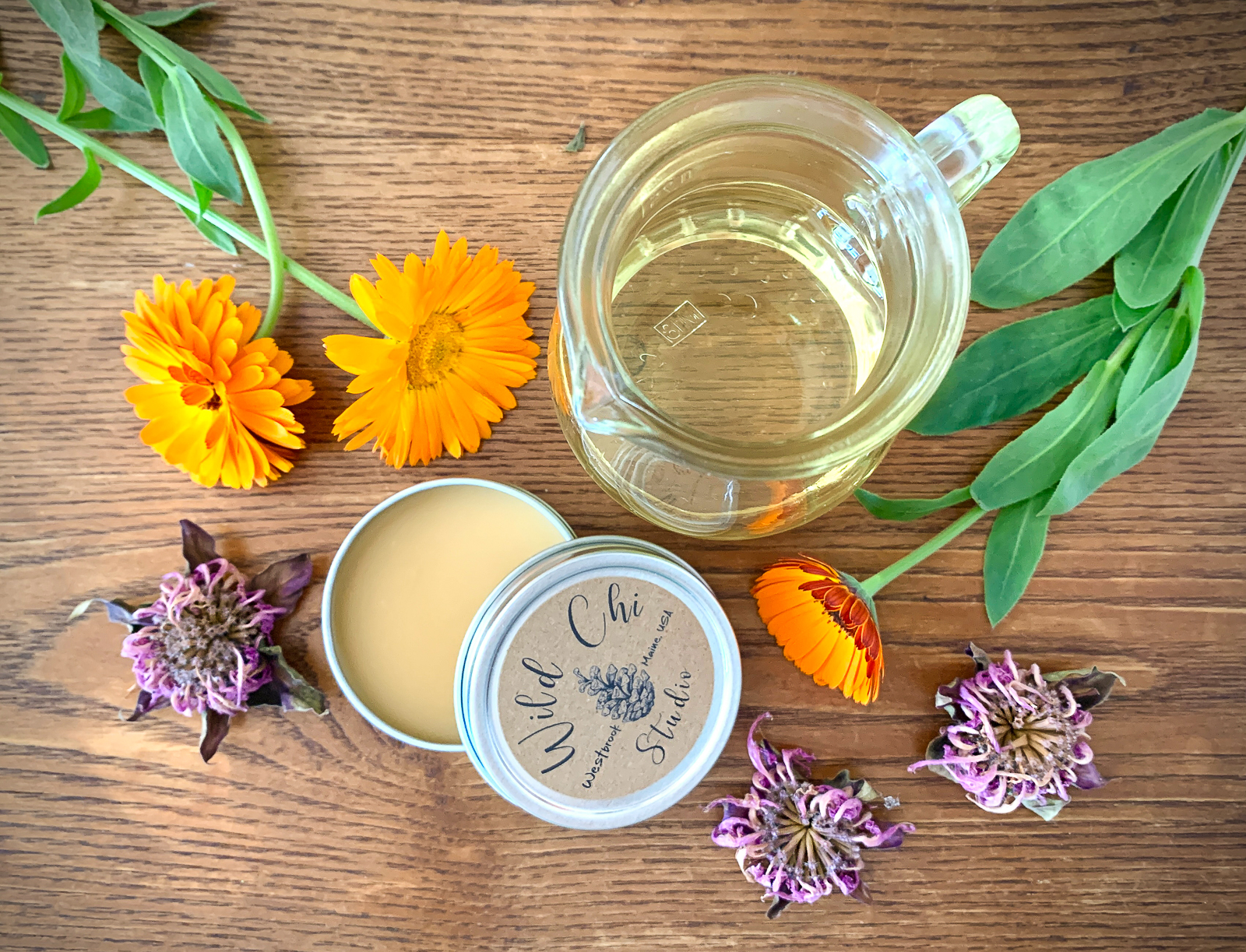
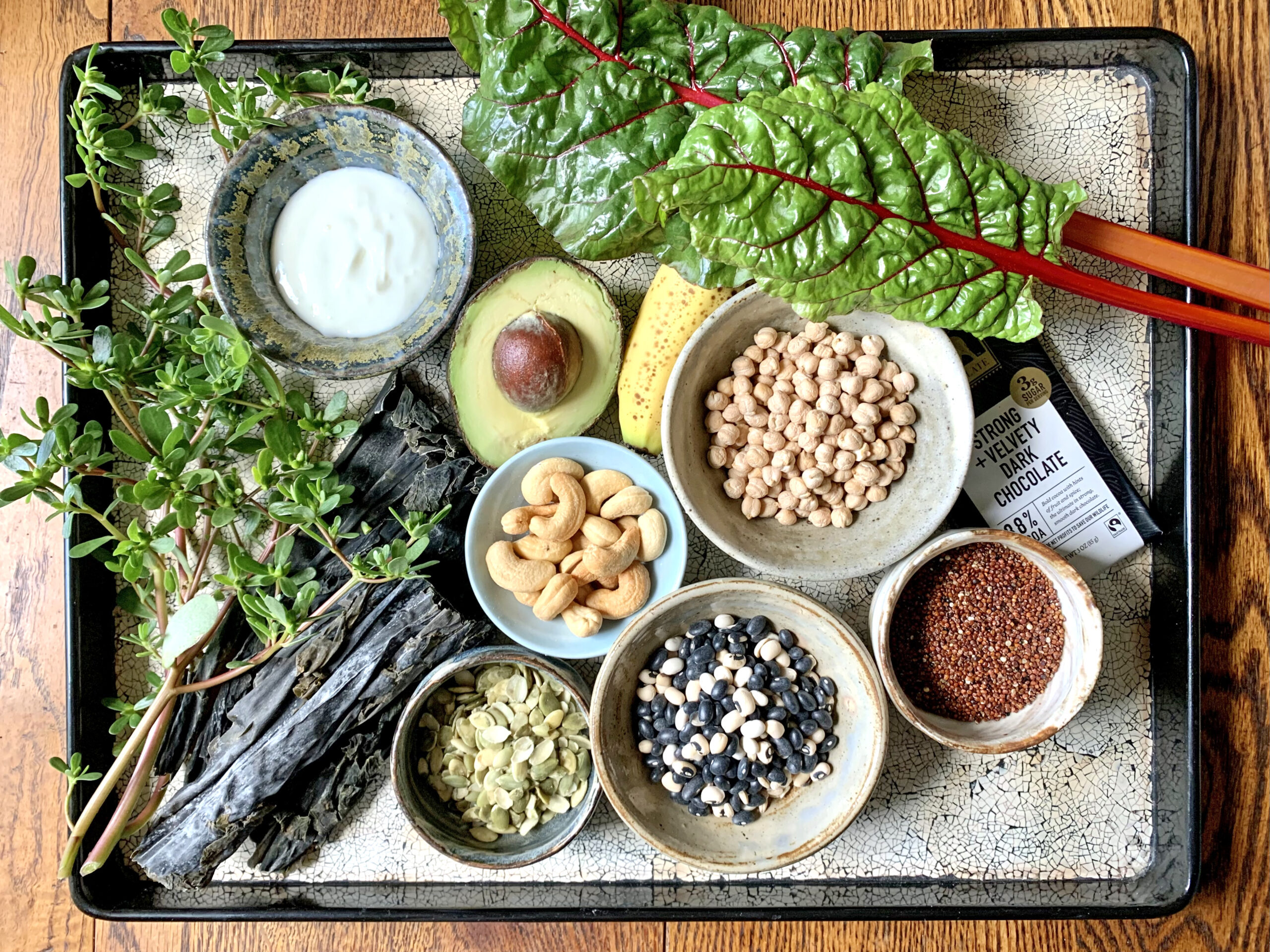
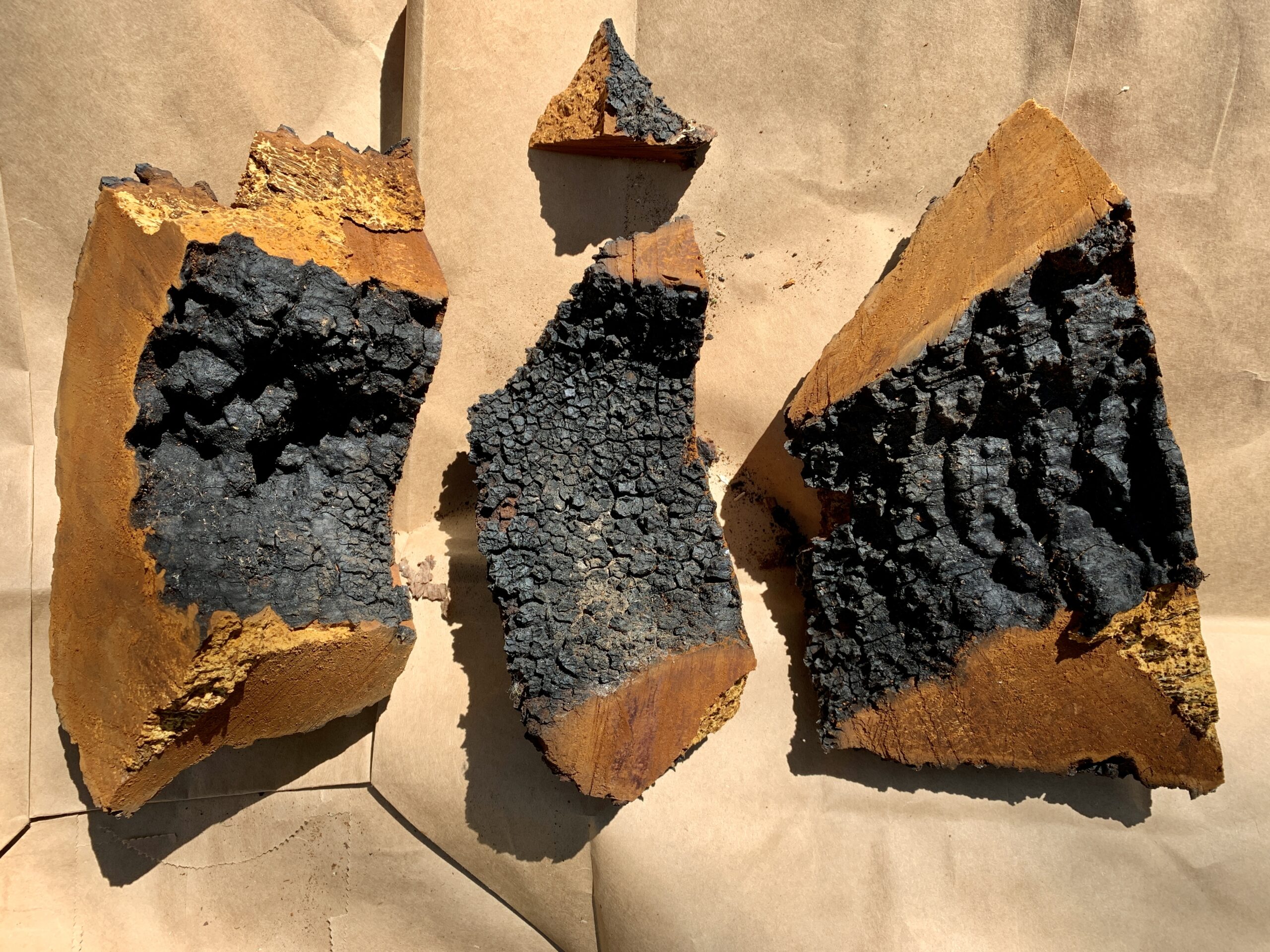
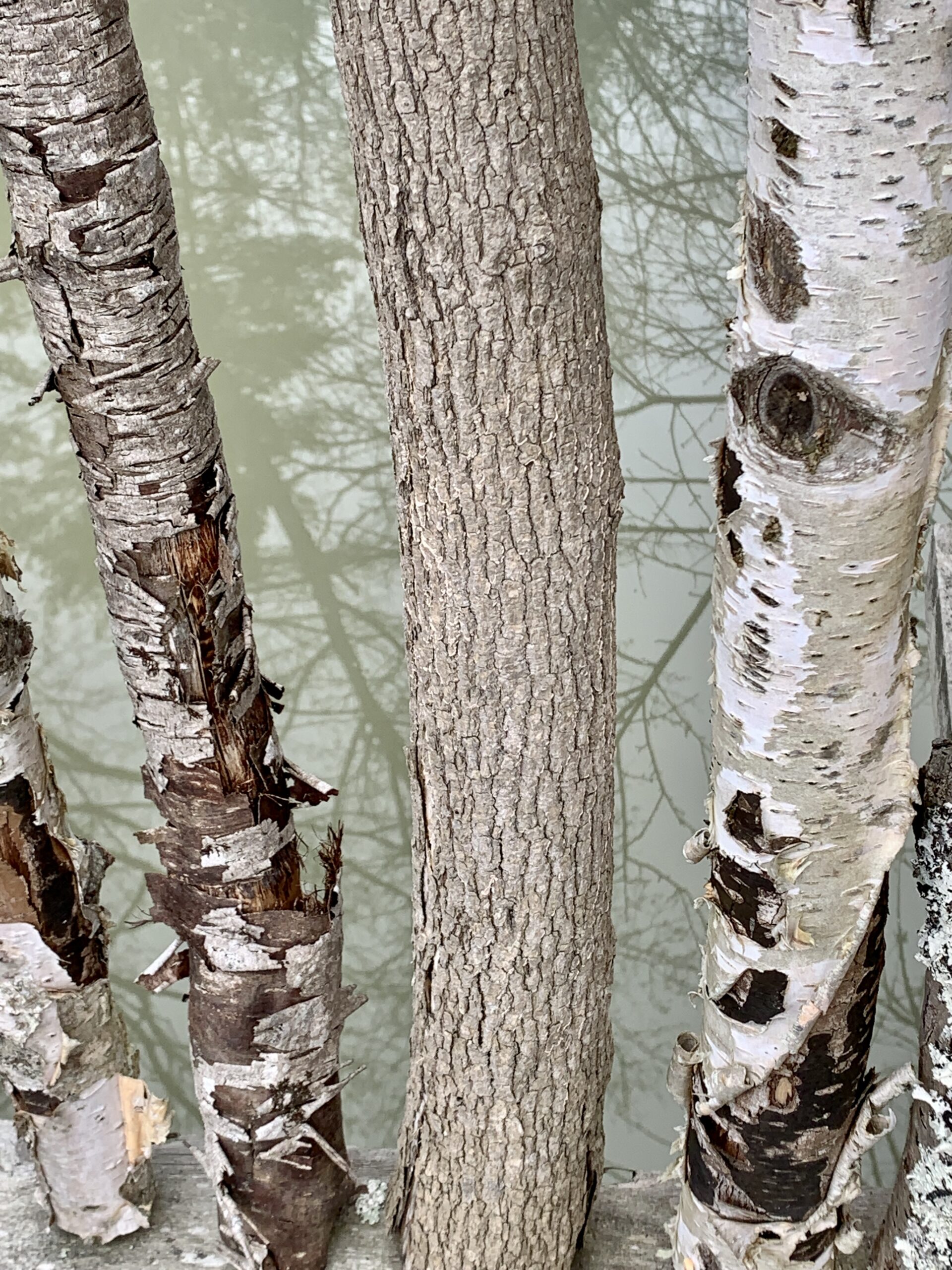
Very Informative, and easy to understand… Highly recommend!